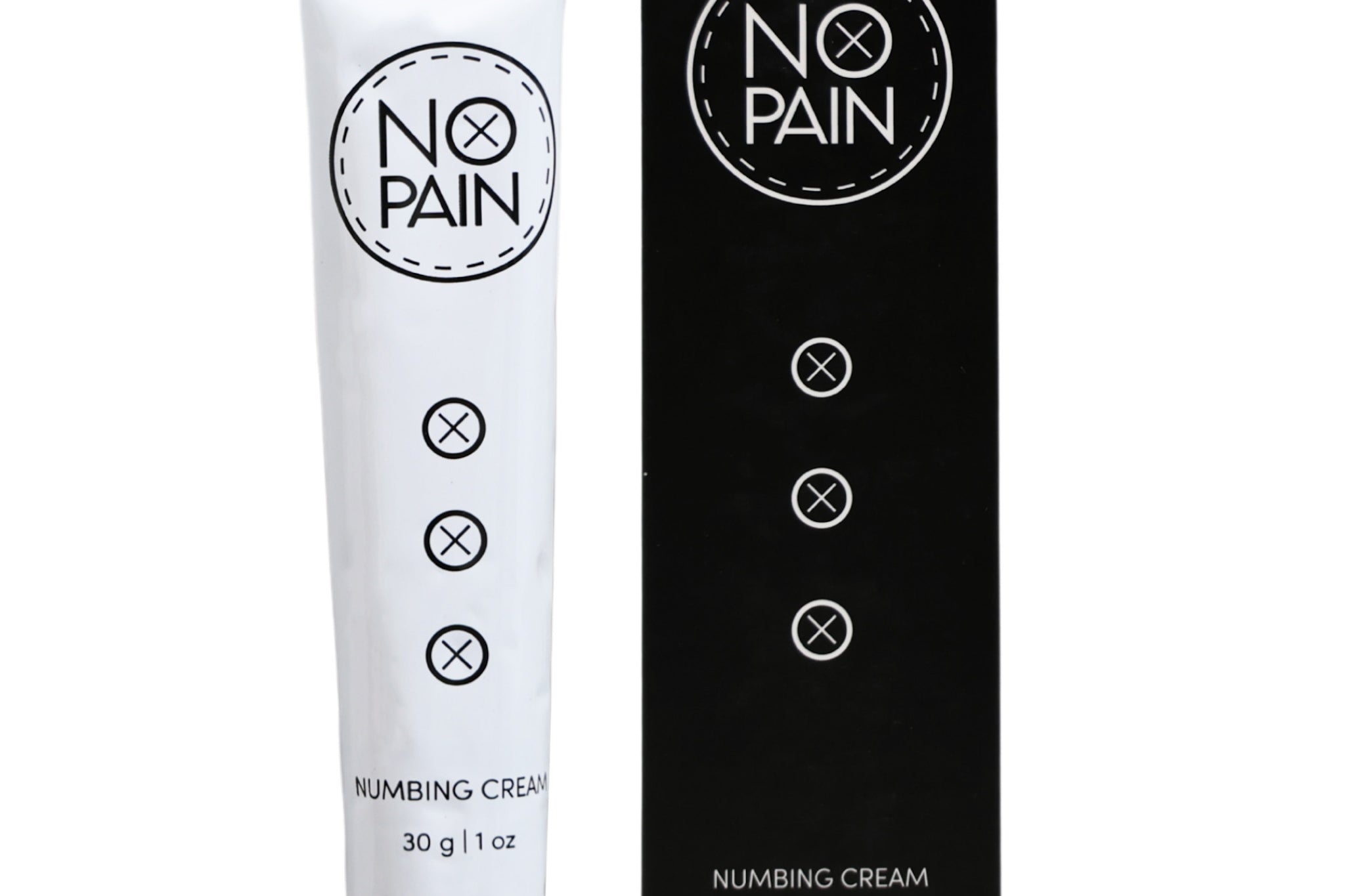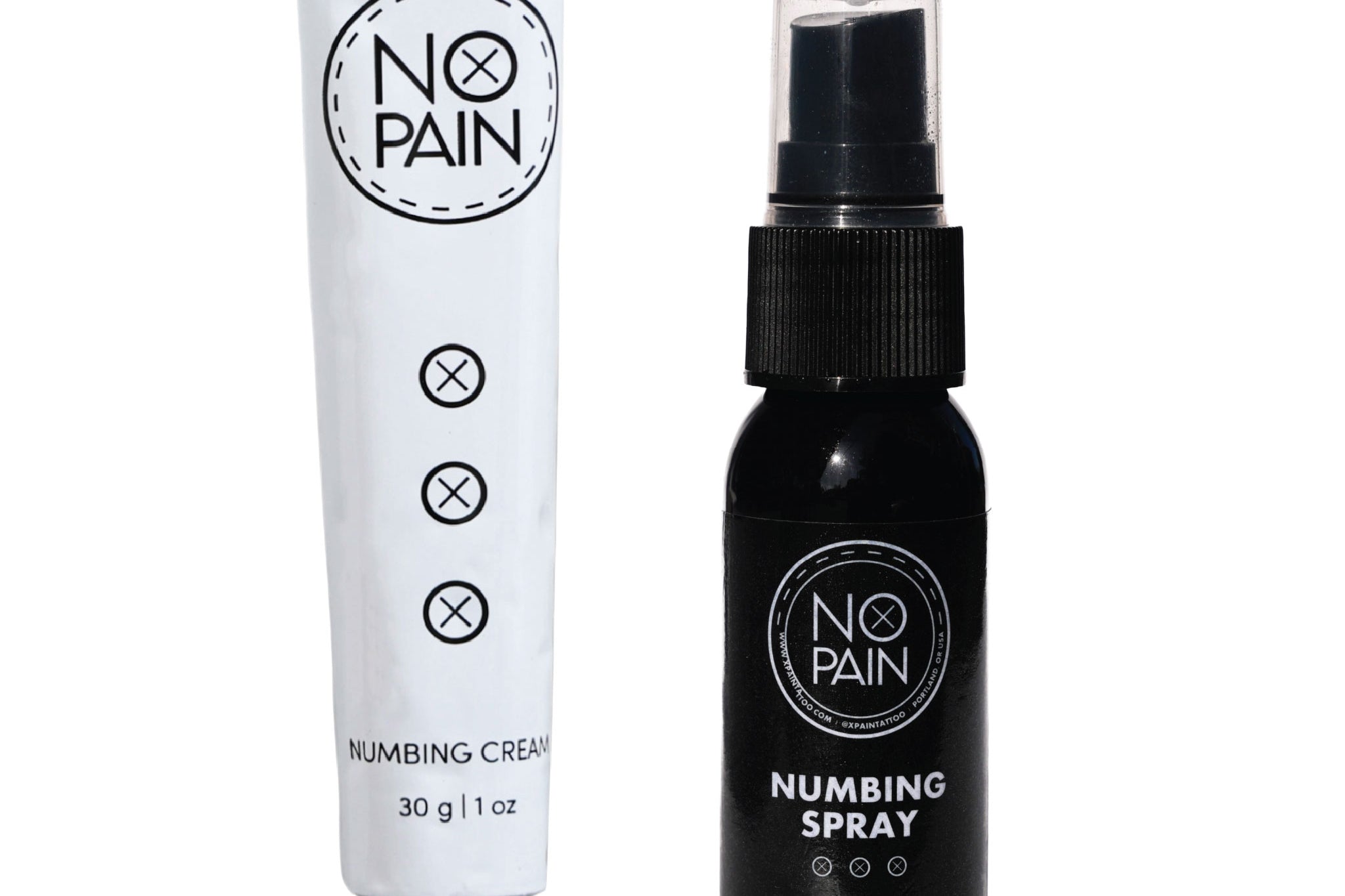You're admiring your new tattoo in the days after your appointment. The initial swelling is going down, and the design is settling in. But then you notice something unsettling. A few of the sharp, crisp lines now seem to have a fuzzy, blurry halo around them, almost like the ink is bleeding under your skin.
This frustrating phenomenon is called a tattoo blowout. It's not an infection, and it's not an allergic reaction. So what is it, and how does it actually happen?
This is a deep dive into the science of a tattoo blowout. Understanding the "how" and "why" is the first step to preventing it on your next tattoo.
The Anatomy of a Perfect Tattoo
To understand what goes wrong in a blowout, we first need to understand what's supposed to go right. Your skin is made of three basic layers:
-
The Epidermis: The top layer of skin that you see. This layer is constantly shedding and renewing itself.
-
The Dermis: The stable, dense middle layer. This is the tattoo "sweet spot." It’s composed of collagen and fibers that are perfect for holding and locking ink particles tightly in place for a lifetime.
-
The Hypodermis (Subcutaneous Tissue): The deepest layer, which is primarily composed of fat cells and connective tissue.
A perfect, crisp tattoo line is achieved when the artist's needle deposits ink at the ideal depth within the dermis. The ink particles are then neatly "trapped" by the dense structure of this layer.
The Mechanics of a Blowout: When Ink Goes Too Deep
A tattoo blowout is the direct result of the tattoo needle penetrating too deep, going past the stable dermis and depositing ink into the hypodermis, or the fat layer below.
Unlike the dense and fibrous dermis, the subcutaneous fat layer is loose, less stable, and has a different cellular makeup. When ink is deposited here, there's nothing to hold it tightly in place. The ink particles are free to migrate and spread out uncontrollably through the fat cells. This spreading is what creates that signature blurry, fuzzy, or spider-vein-like halo around the original line.
A simple analogy: Imagine writing on a piece of thick cardstock (the dermis) with a sharpie. The line is crisp and clean. Now, imagine writing on a very absorbent, loose-fibered paper towel (the hypodermis). The ink bleeds and spreads out instantly. That's a blowout.
What Causes the Artist to Go Too Deep?
A blowout is almost always a result of the application, not the aftercare. Here are the common reasons it can happen:
-
Artist Inexperience: This is the most common factor. A skilled artist develops an intuitive feel for the skin's resistance and knows exactly how deep to set their needles for different body parts. An inexperienced artist or someone with a "heavy hand" may not have this calibrated sense of touch yet and can easily push the needle too far.
-
Difficult Placements: Some body parts have a much thinner margin for error. The skin on the inner bicep, ribs, wrists, ankles, and the tops of the feet is very thin. On these spots, the dermis is very close to the hypodermis, making them far more susceptible to blowouts, even with an experienced artist.
-
Improper Skin Stretching: A professional artist stretches the skin as they work to create a firm, smooth canvas. If the skin is stretched too much, too little, or at an awkward angle, it can cause the needle to penetrate deeper than intended.
Can You See a Blowout Immediately?
Sometimes, a severe blowout is visible right away as a dark, bruised-looking halo around the fresh lines. More often, however, it becomes noticeable over the first few days to a week of healing. As the initial swelling and redness from the session subside, the spread ink underneath becomes more apparent.
A Quick Note on Fixing It: While a blowout is permanent (the ink has already spread), it's not a life sentence for your tattoo. The most common solutions are a strategic cover-up designed by a skilled artist to hide the blurry edges, or a few sessions of laser tattoo removal to specifically target and fade the migrated ink.
The Verdict: Ultimately, a tattoo blowout is a technical error where ink is placed too deep. The best and only way to prevent one is to do thorough research and choose an experienced, reputable artist with a strong portfolio of healed work.
While aftercare can't prevent a blowout that has already occurred, a great healing process is still crucial. Proper aftercare ensures that the rest of your tattoo—the parts that were applied correctly—heals as crisply and vibrantly as possible. Using a high-quality system like our No Pain Tattoo Aftercare Bundle supports your skin's health and gives you the best possible final result.




